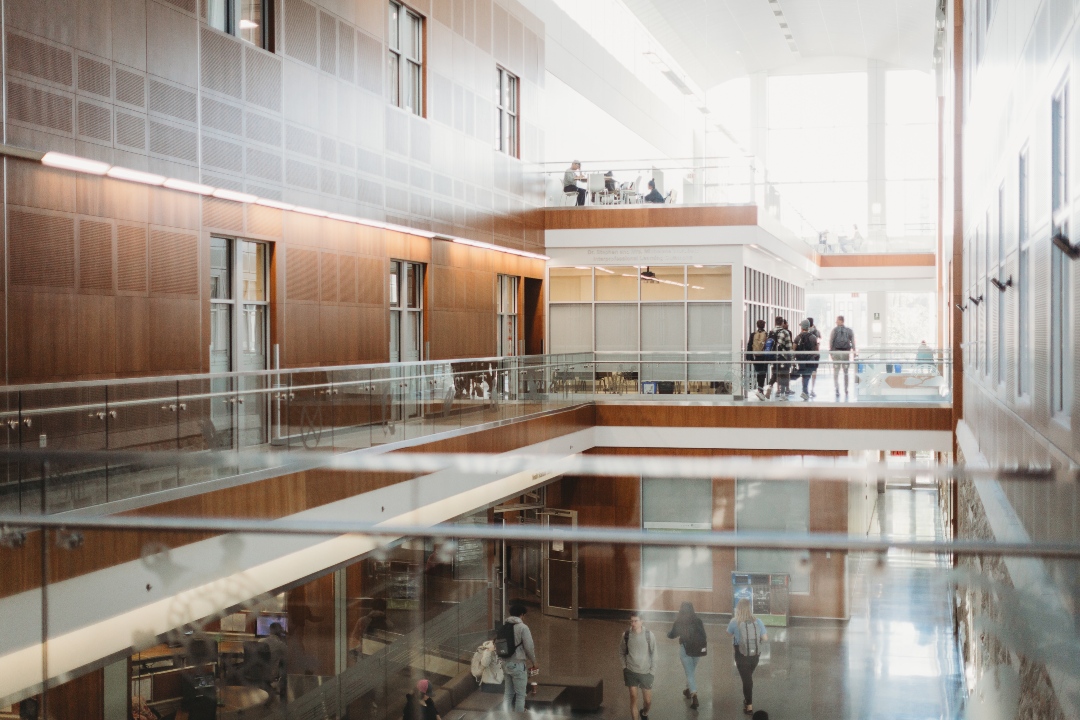
Additional training seats added to USask health programs
The University of Saskatchewan (USask) will be expanding the number of training seats in the physical therapy and clinical psychology programs beginning in fall 2023.
As part of Saskatchewan’s Health Human Resources Action Plan, the provincial government has made an initial investment of more than $5.5 million to help create more than 550 new post-secondary training seats across 18 health care training programs that have been identified as immediate priorities to help address chronic and urgent vacancies in key health professions. This commitment will increase training capacity at the province’s post-secondary institutions and reserve additional training seats for Saskatchewan students in highly specialized programs in other provinces.
Included in this expansion at USask will be an additional 15 seats, making a total of 55, in the physical therapy training program and 15 seats, making a total of 20, in the clinical psychology (MSc/MA/PhD) training program.
“Increasing the number of training seats offered through our clinical psychology program is a significant step towards improving mental health services for the people of Saskatchewan, and will help to advance research in this area,” said Dr. Peta Bonham-Smith (PhD), dean of the USask College of Arts and Science.
Clinical psychology includes both scientific research—focusing on the search for general principles—and clinical service—focusing on the study and care of patients—and information gathered from each of these activities influences practice and research.
“The expansion of the program opens up educational opportunities for students to stay and continue their education in Saskatchewan, maintaining the connections they’ve already made in their chosen area of study,” said Bonham-Smith.
According to Dr. Cathy Arnold (PhD), director of the physical therapy program at USask’s School of Rehabilitation Science, the addition of this intake for physical therapy students in Saskatchewan is urgently needed for the province.
“There is a high demand for physical therapists, particularly in community and rural settings in Saskatchewan, and a critical need for physical therapy services across the spectrum of community, acute, and long-term care,” said Arnold, adding that the School of Rehabilitation Science part of the USask College of Medicine has not had an increase in the number of training seats since 2007.
Physical therapists are primary care providers who restore function and improve the mobility of all segments of the population. Saskatchewan has a ratio of 61 physical therapists per 100,000 population, which is below the national average of close to 65 per 100,000 population.
“This expansion will help to address the current and expected 13,000-person labour market demand for physical therapists in Canada over the next several years,” said Arnold. “It will be important for continued efforts to focus on supporting the expanded number of new graduates to stay in Saskatchewan.”
The health care training expansion also includes new opportunities for Saskatchewan students in out-of-province programs, including speech language pathology (SLP) and occupational therapy (OT).
“Providing training opportunities for Saskatchewan students out of province is a welcome step in addressing these gaps in service, but there are many compelling reasons to develop our own training programs here in our province for these disciplines, including the enhanced value to all disciplines that occurs with training together to strengthen collaborative practice for more effective care,” said Dr. Teresa Paslawski (PhD), associate dean at the School of Rehabilitation Science.
The funds from the provincial government during this fiscal year will be used to prepare to hire faculty, purchase equipment, and recruit qualified students so that program expansion can begin this fall. Ongoing investments will be required in future years and will be determined as part of the annual budget process.

